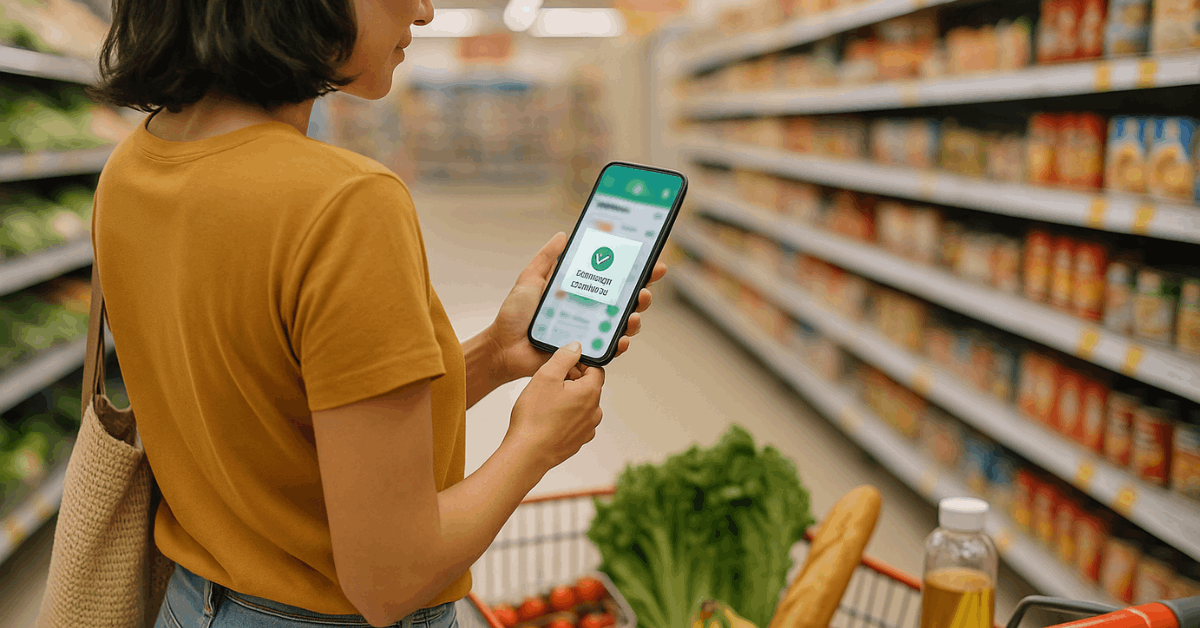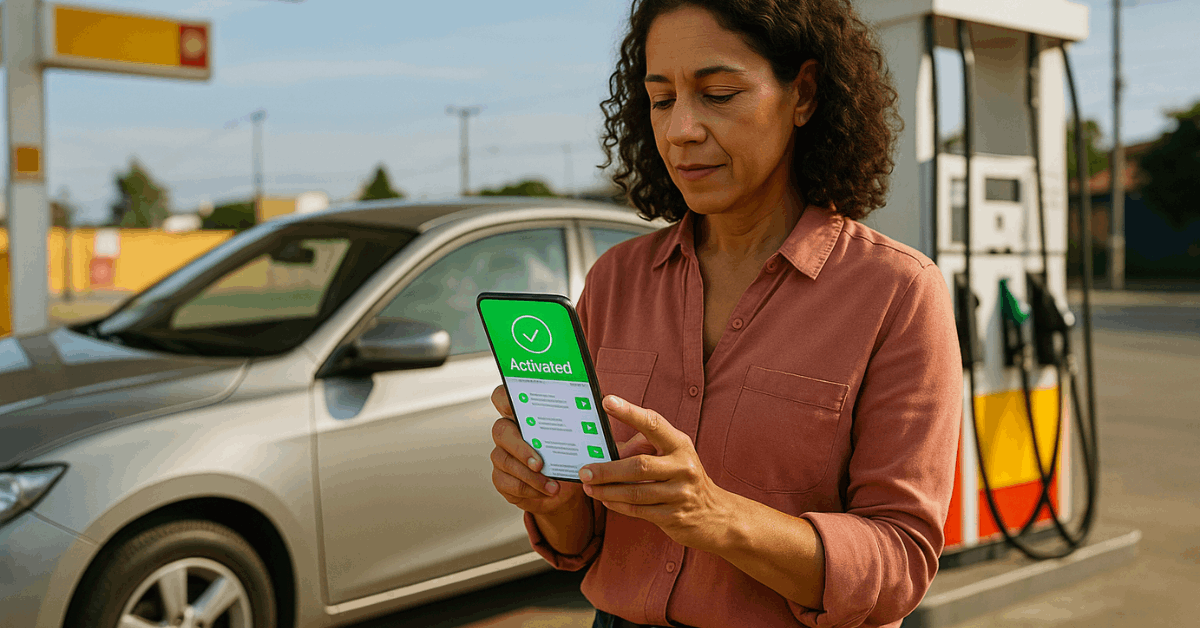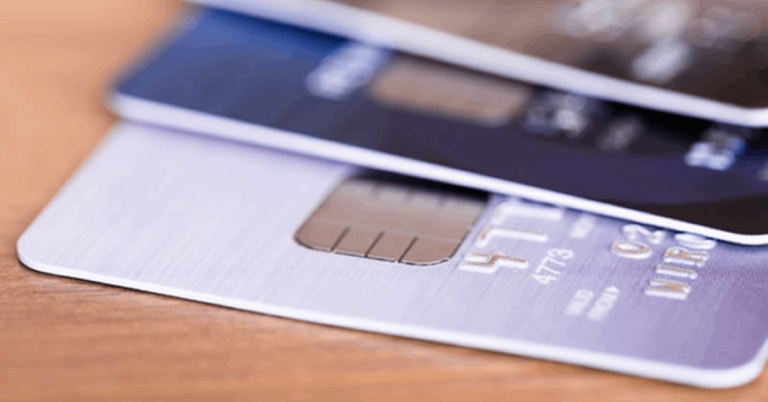Earning real money back on everyday spending gets easier when the right Cashback Platforms sit on top of existing payment habits.
Modern services layer coupon discovery, retailer rebates, and automated tracking so rewards accumulate without extra effort.
Pairing these tools with a solid rewards credit card increases net return while keeping checkout simple.

What Cashback Platforms Are
Cashback platforms are websites, apps, and browser tools that return a percentage of qualified purchases as cash or credits.
Core features commonly include merchant directories, price comparison tools, and coupon testing that reduces cart totals automatically.
Good platforms also clarify exclusions, payout windows, and supported redemption methods such as bank transfer, PayPal, or gift cards. Some providers support in-store earnings using card-linked offers, which match purchases to offers through the payment network.
How Cashback Platforms Work
A few mechanics decide how reliably earnings track and arrive in your wallet. Understanding tracking, payout rules, and exclusions avoids lost rewards and frustration.
Tracking and Attribution
Most platforms use unique links or a browser cashback extension to tag sessions so retailers can attribute sales to the referring site. Extensions also surface eligible stores and, at some merchants, auto-test available coupons during checkout.
Some providers enable card-linked offers for in-store purchases, matching transactions to claimed offers when a linked card is used.
Payouts and Thresholds
Earnings typically post after a merchant’s return window closes, then become eligible for withdrawal.
Common methods include PayPal, direct deposit, or digital gift cards; many platforms set a minimum payout threshold before funds release. Time to cash out varies by provider and method.
Eligibility and Exclusions
Ad blockers, coupon conflicts, or switching browsers mid-purchase can break attribution. Merchant-level fine print may exclude certain categories, promo-priced items, or orders placed via marketplace apps.
Platforms also tie in-store eligibility to specific payment flows or offer codes, which must be activated and used exactly as instructed.
Where the Money Comes From
Retailers fund these rewards using the affiliate marketing model. When a shopper buys through a tracked link or activated offer, the merchant pays a referral commission, and the platform shares a portion of that commission as cash back.
Several providers explain this relationship directly in their help and marketing pages.
Popular Types and Examples
Different platforms specialize by channel or category. Choosing a primary option for online shopping, groceries, and fuel covers most households; adding a secondary option enables cashback stacking where allowed.
Rakuten
Rakuten lists 3,500+ participating stores and provides a desktop extension that alerts when cash back is available and automatically applies eligible coupons at checkout. Payouts arrive via PayPal or check on a scheduled cycle.
Ibotta
Ibotta focuses on rebates for grocery brands and large retailers, and supports loyalty-account linking at select chains so matching happens automatically without receipt uploads. Offers can be activated in the app for pickup, delivery, or in-store trips.
Upside
Upside helps drivers and diners claim nearby offers, then verifies purchases through linked cards or instant “Pay with Upside” codes at participating merchants. Cash outs support bank transfer, PayPal, or gift cards.
Maximizing Cashback Platforms
Clear habits and a few settings raise your return while keeping effort low.
- Activate one primary platform for online shopping and keep its extension enabled across browsers to avoid missed tracking.
- Use a rewards credit card that fits the merchant type, then layer platform offers for legitimate cashback stacking where terms allow.
- Link eligible supermarket or pharmacy loyalty numbers inside supported apps to automate matching and prevent receipt uploads.
- Confirm payout rules ahead of big purchases, including windows, minimum payout threshold, and permitted redemption methods.
- Avoid coupon conflicts; let the platform’s tool apply compatible discounts during checkout to preserve tracking.
Pairing With Rewards Credit Cards
Stacking a strong flat-rate or category card on top of platforms compounds value. A widely available example is the Wells Fargo Active Cash® Card, which earns unlimited 2% cash rewards on purchases; statement credits post through the issuer’s rewards portal.
Grocery-heavy households often prefer the Blue Cash Preferred® Card from American Express, which earns 6% at U.S. supermarkets on up to $6,000 per year in eligible purchases before dropping to 1%. Category definitions and caps apply, so confirm merchant coding.
For fuel seekers, the Bank of America® Customized Cash Rewards card lets cardholders select gas as a 3% category choice, paired with 2% at grocery stores and wholesale clubs, subject to quarterly combined caps. Bank of America explains category rules and monthly change options on its site.
Pros and Cons of Cashback Platforms
Financial upside remains meaningful when purchases already fit planned budgets. Platforms add incremental savings on top of card rewards and help surface lower prices during checkout.
For frequent travelers or families, recurring categories such as groceries, fuel, and pharmacies generate reliable returns. Trade-offs include delayed payouts until merchants confirm orders, strict tracking rules that can void rewards, and occasional conflicts between coupons and cash back.
Some services pay on a quarterly schedule or hold funds until thresholds are met, which delays statement credit redemption or cashouts. Privacy-conscious shoppers should review data-collection notices for extensions and apps.
Business Use Cases
Small merchants and creators can apply the same strategy on recurring expenses like ads, shipping, and software subscriptions.
Shopify’s guidance defines cash-back programs as returning a percentage of purchases and explains typical 0.5%–5% ranges often discussed in consumer programs.
Separately, Shopify Credit documentation clarifies that eligible purchases generate cashback posted automatically as statement credits for participating U.S. merchants.

Risks, Fine Print, and Compliance
Return or exchange activity often reverses expected rewards; waiting for final decisions on high-value orders reduces clawbacks.
Some platforms bar stacking certain third-party coupons or wallet payments at checkout because these break the attribution chain.
For card-linked offers, check issuer-level rules to confirm which transactions qualify and how merchant codes are interpreted. Following the provider’s activation steps precisely keeps purchases eligible.
Quick Comparison Table
See a short comparison of some popular platform that offers cashback:
| Platform | Primary use | How it tracks | Payout options | Notable limits |
| Rakuten | General online shopping | Extension or tracked links; coupons auto-tested at many stores | PayPal or check on scheduled cycle | Category exclusions; quarterly payout timing |
| Ibotta | Groceries and mass retail | Offer activation; loyalty linking at supported chains | Cash out to PayPal, bank, or gift cards | Store-specific terms; receipt or linked-account rules |
| Upside | Gas, restaurants, local | Claimed offers verified via linked card or code | Bank transfer, PayPal, or gift cards | Time-boxed claims; method-specific steps |
| Flat-rate card | All purchases | Card network transactions | Statement credit redemption, travel/points, or gift cards | Issuer caps or category definitions |
Conclusion
Solid Cashback Platforms reward planned spending without complicating checkout. Activate a reputable extension, keep one grocery-centric app and one fuel-centric app, and match a fitting rewards card to each purchase.
Clear rules on activations, merchant exclusions, and payout windows keep earnings predictable while everyday expenses continue earning in the background.












